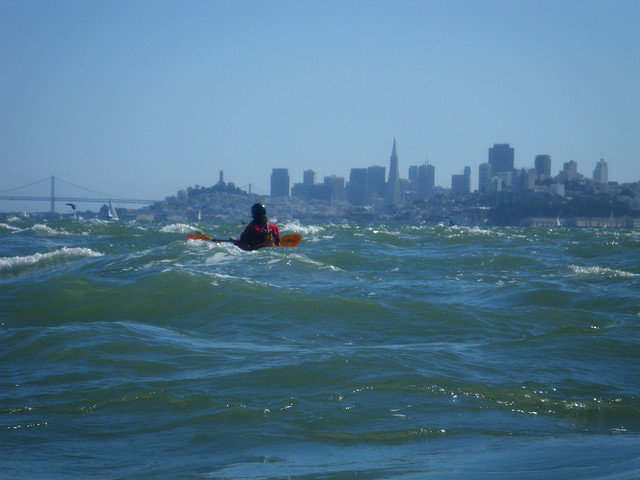
I recently got totally fed up with iPhoto as a photo managing tool, and decided to switch to Adobe Lightroom instead. Unfortunately, as is the case with most software upgrades and changes, there was something of a steep learning curve involved, and it took a while to figure out how to make it work, and, more importantly, how to make it export photos to Flickr. I think I have a handle on it now, and spent this morning sorting through my pics from GGSKS a couple of weeks ago. All my decent GGSKS pics can be seen here at my Flickr page.

Until the incident at Netarts Bay last fall, I hadn’t given much thought to going after the BCU five star award. After the ass-kicking that was handed to me at Netarts, I decided I needed to rethink that. So when I saw that a five star training was being offered at Golden Gate Sea Kayaking Symposium this year, I decided I needed to go.
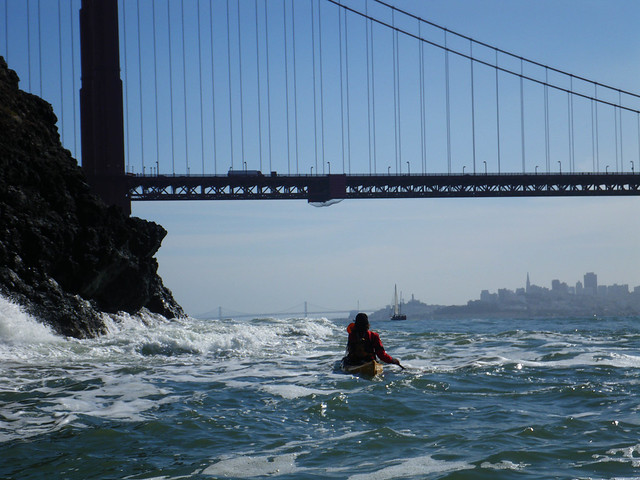
The regular symposium ran Friday through Sunday, and the five star training ran Monday through Wednesday. I couldn’t afford to be away for the whole time, so I arrived Sunday morning, and Santiago and Morag Brown and I went for a nice paddle out to Point Bonita and back, and got a little taste of what an ebbing tide at Golden Gate feels like. Paddling back around Lime Point under the bridge was a bit of a workout, and we were only dealing with about half of the max current for that day. We filed that one away for future worrying.

Monday morning we met in the class room and talked about what we were hoping to get out of the class, and then we geared up and got on the water.
We paddled up into the bay towards Angel Island, initially hoping to go up through Raccoon Strait and around the island, but by the time we got there there was a pretty solid ebb flowing out of the channel, so we ferry glided across and landed on the south facing side of Angel Island for lunch.

After lunch we headed on south towards Alcatrez Island, and around it. I think we had a cooler view of the island than the tourists on the boat were getting.
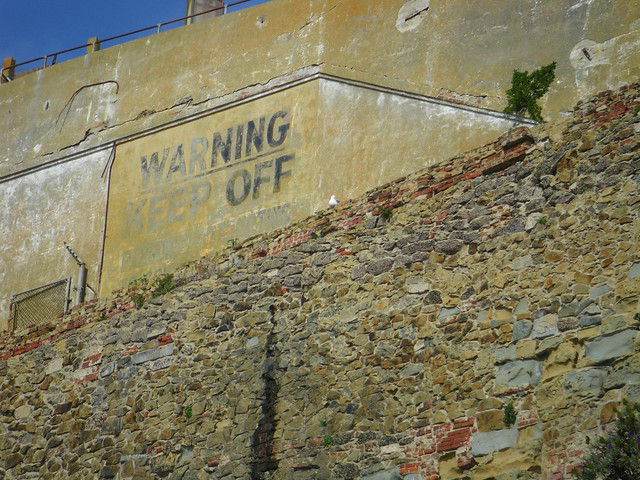

We finally got back to the marina and spent a little time in the classroom again, and then headed back out after dark for some night navigation exercises. All told, it turned out to be about a 12 hour day. I got home to where I was staying in Fairfax around 10:30. I was so happy to find a working hot tub out behind the house!

The next day we started out talking about and practicing towing, and then headed out under the bridge for some rescue and towing practice in amongst the rocks.
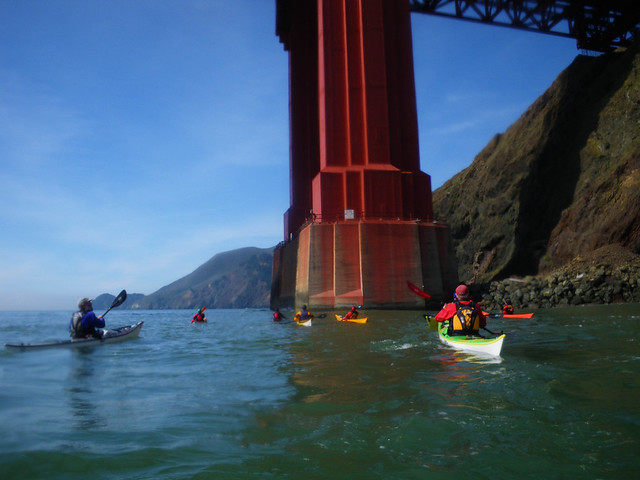
Then we headed over to the nearby beach to practice landing an incapacitated paddler in the surf, something I had never tried. I don’t have any good pictures of me getting yanked out of my kayak in the impact zone by a too-short tow rope, sorry…
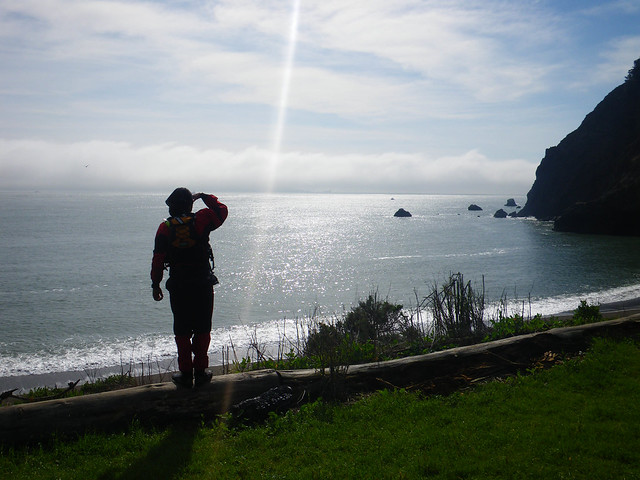
After lunch, and some group photos, we saddled up again and headed back upstream. I knew that our timing was such that we were going to end up going around Lime Point against the full strength of a 4.75 knot ebb current, so I was starting to play it safe and conserve my energy. I had seen it at about half that level of current on Sunday, and wasn’t really sure what to expect today, at max ebb, except harder work.
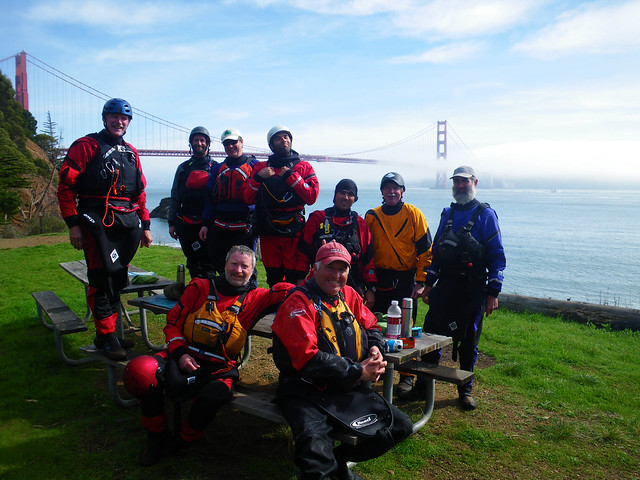
On the way back we stopped to do some more rock garden play, and to practice landing and launching ourselves on and of the rocks, another thing that I had never really done before.
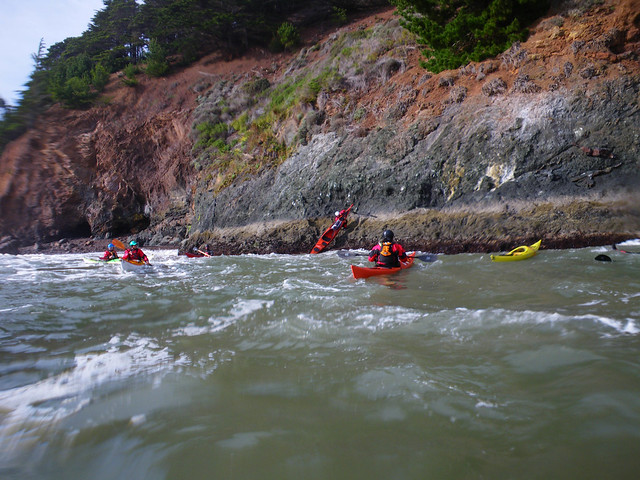

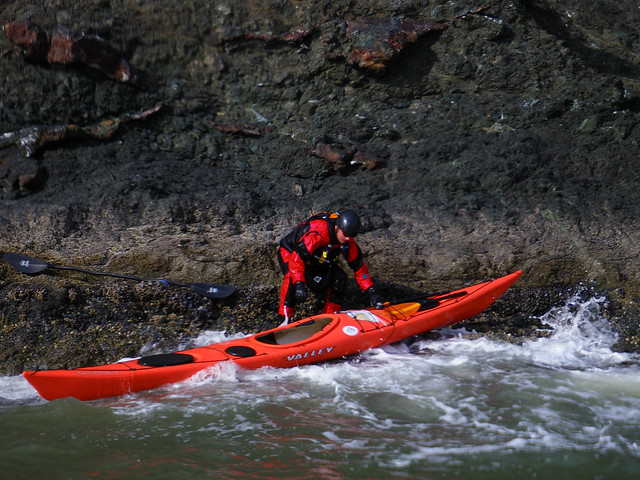
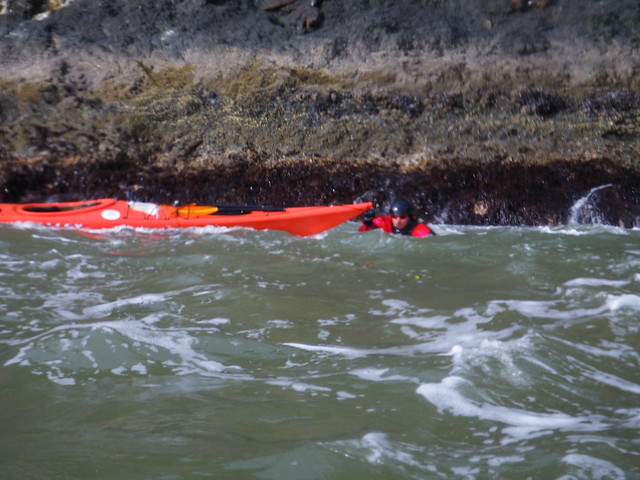
After we were done swimming around and climbing on the rocks, we headed back towards home, stopping at Lime Point just long enough to get tasked with one more exercise for the day: towing an incapacitated paddler around the point, into the current. My group initially tried a rafted tow with two people towing it, but we got all tangled up and pushed up against the rocks, and had to break it all apart and wash back out to try again. This time they broke us up into two simple tows, and with a hell of a lot of work, I finally made it around with my tow, trying as hard as I could to stay right on the rip line the whole way. And so ended day two…

The last day we spent on land, working on navigation problems with UK charts and current data, and going over kit and scenarios. Eventually I’m sure the UK tidal data will become something I’m comfortable with, but so far, it doesn’t make intuitive sense to me yet. I need to get some books and practice more.
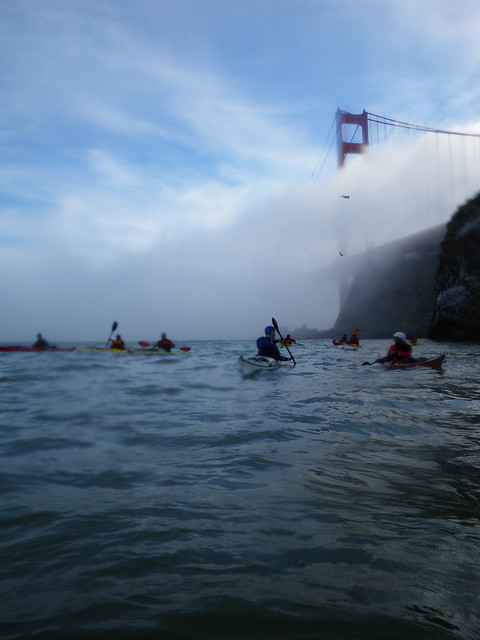
Since I had driven all this way, and hadn’t been to SF in many, many years, I took an extra day after the course to drive over the bridge, instead of just paddling around underneath it, and spend a little time in the city. My mission was to find some of the wild conures that live there, and that the wonderful documentary “The Wild Parrots of Telegraph Hill” was made about. I had heard that they had expanded in numbers, and no longer were primarily seen in the Telegraph Hill area. I didn’t know anyone personally who had succeeded in finding them, but I figured it was worth a try, so I parked just outside the Presidio and started walking into it. I saw a small group of them almost immediately, but flying far off in the distance. Forty five minutes later, I found a pair hanging out near the YMCA, and watched them for a while until they flew off. I followed in the direction they had gone, and a few minutes later I caught up to them, and sat like a bird-nerd tourist for a half hour or so, watching them with binoculars. And no, I was not able to get a single decent picture of them. What I would have given for a good telephoto lens on the Canon!
I did drive over to the Coit Tower, just to see if there might be some over there, but no luck. And with that, my SF trip was over, and I headed home, stopping in Sacramento to visit some friends.
As soon as I got home, I registered for a San Juan Currents class with Body Boat Blade on Orcas Island. I need to get out more!
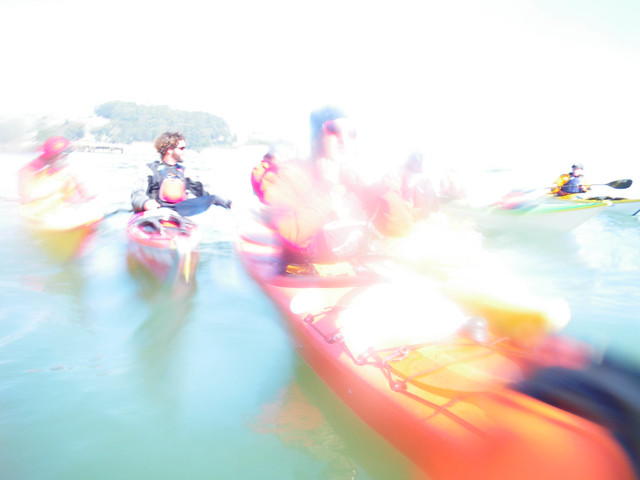

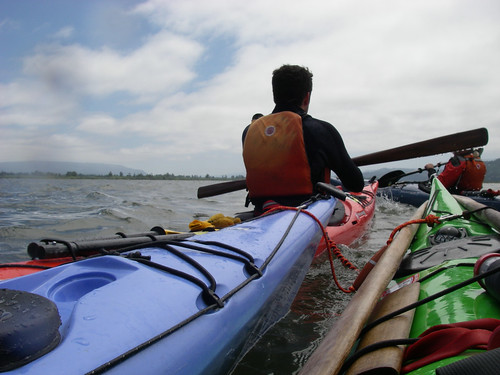
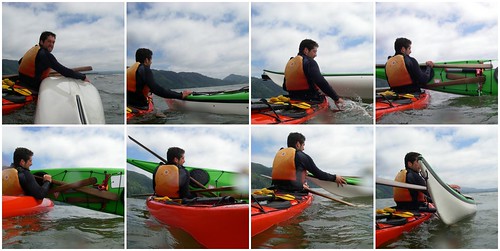
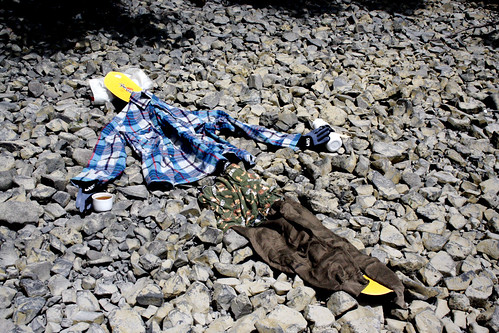
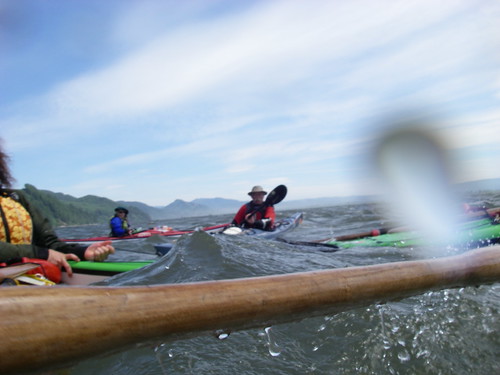
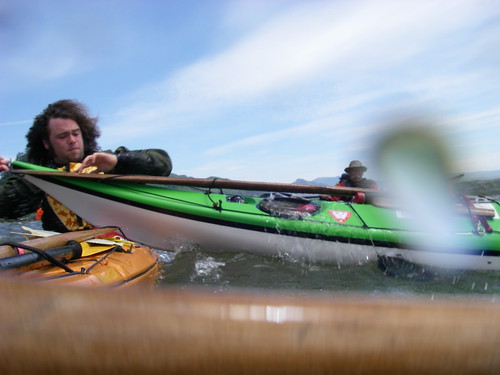
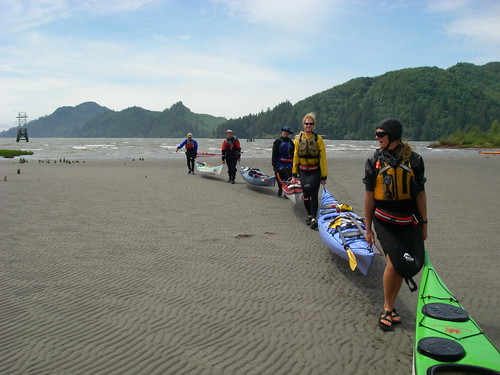


Recent Comments